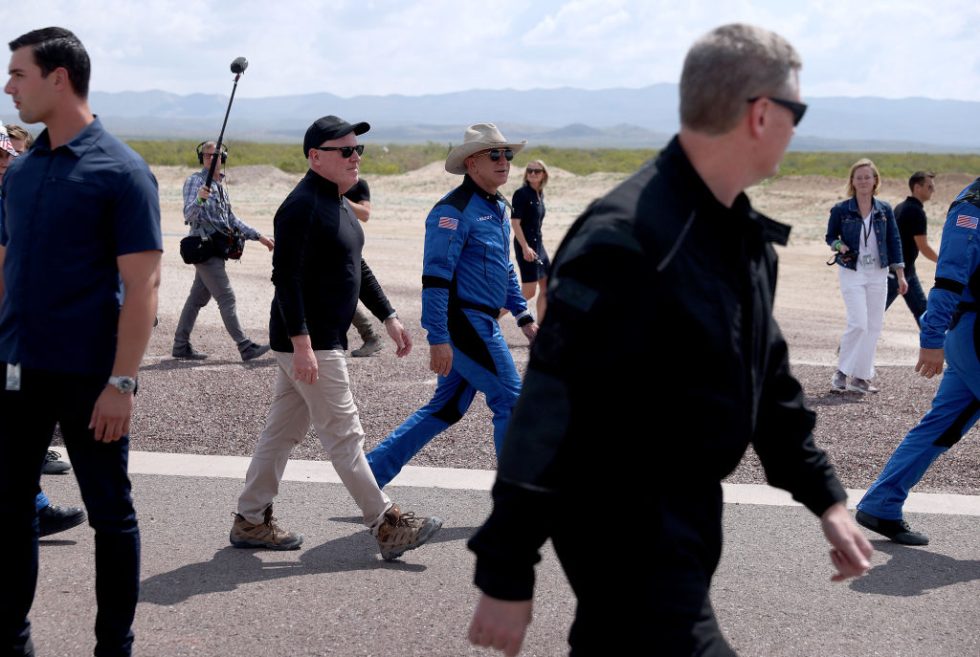New tracking system monitors danger to rainforests
Scientists develop novel new indicator for monitoring danger to the world's rainforests, which are losing capacity to cycle carbon and water
Rainforests are a powerful, natural solution to combat climate change -- providing water filtration, capturing carbon and regulating global temperatures. But major threats like large-scale land use changes, including agricultural expansion and clearcutting, have turned these biodiversity havens into one of the most endangered habitats on our planet.
In 2019, select scientists, including the University of Delaware's Rodrigo Vargas, met at the National Geographic headquarters in Washington, D.C., to discuss the threats to rainforests. The researchers pinpointed a need to develop a worldwide tracking system, which would find trends to help fight land degradation and promote conservation.
In the paper published on Friday, July 22 in the scientific journal One Earth, these researchers introduce the unique tropical rainforest index (TFVI), a baseline for rainforests across the entire globe. The scientist's goal is to detect and evaluate the vulnerability of rainforests to increasing threats. National Geographic and the Rolex Perpetual Planet Initiative funded the endeavor.
TFVI provides a snapshot of long-term observations, which began in 1982.
"Through this new index, we now have not only global coverage, but uniformity. We can summarize critical information about the health of rainforests," said Vargas, professor of ecosystem ecology and environmental change. "It gives us a benchmark and provides information about looming, future changes."
Using advanced satellite measurements, the research team systematically analyzed the climate and vegetation of each tropical region on Earth. The study's findings suggest that rainforests are losing their capacity to cycle carbon and water.
"We are losing major hotspots for biodiversity and carbon pools," Vargas said. "These are not small patches of land across the world; these are large sections of the Earth's surface."
The study's findings also indicate different regions of tropics have different responses to climate threats. Some regions, like Africa's Congo basin, are more resilient than other parts of the world. The Amazon Basin shows large-scale vulnerability to drying conditions of atmosphere, frequent droughts and large-scale land-use changes. In Southeast Asia, rainforests are stressed more from land use and species fragmentation than they are from climate, except for areas of peatlands that are, during El Nino years, now more vulnerable to fire.
"There is no single solution, no silver bullet that will work in every tropical rainforest. This highlights the needs for localized solutions," Vargas said. "But a general, global index also illuminates the need to design unified strategies to maximize the natural solutions that rainforests provide."
The unique tropical rainforest index methodically illustrates that the susceptibility of rainforests is actually much greater than previous predictions. Disturbed and fragmented areas have lost resilience to climate warming and droughts. Perhaps even more distressing were study findings suggesting that rainforests are losing their capacity to cycle carbon and water.
Tropical forests provide critical environmental services and benefits to society. These rainforests are changing from their historically, highly-diverse status to heavily transformed areas and managed land -- one that lacks the ability to, for example, sequester carbon from the atmosphere and support biodiversity.
"In addition to our moral responsibility to preserve our planet's biodiversity, because human's actions are influencing the global climate, we must be prepared to manage the consequences of these changes," Vargas said.
###

















